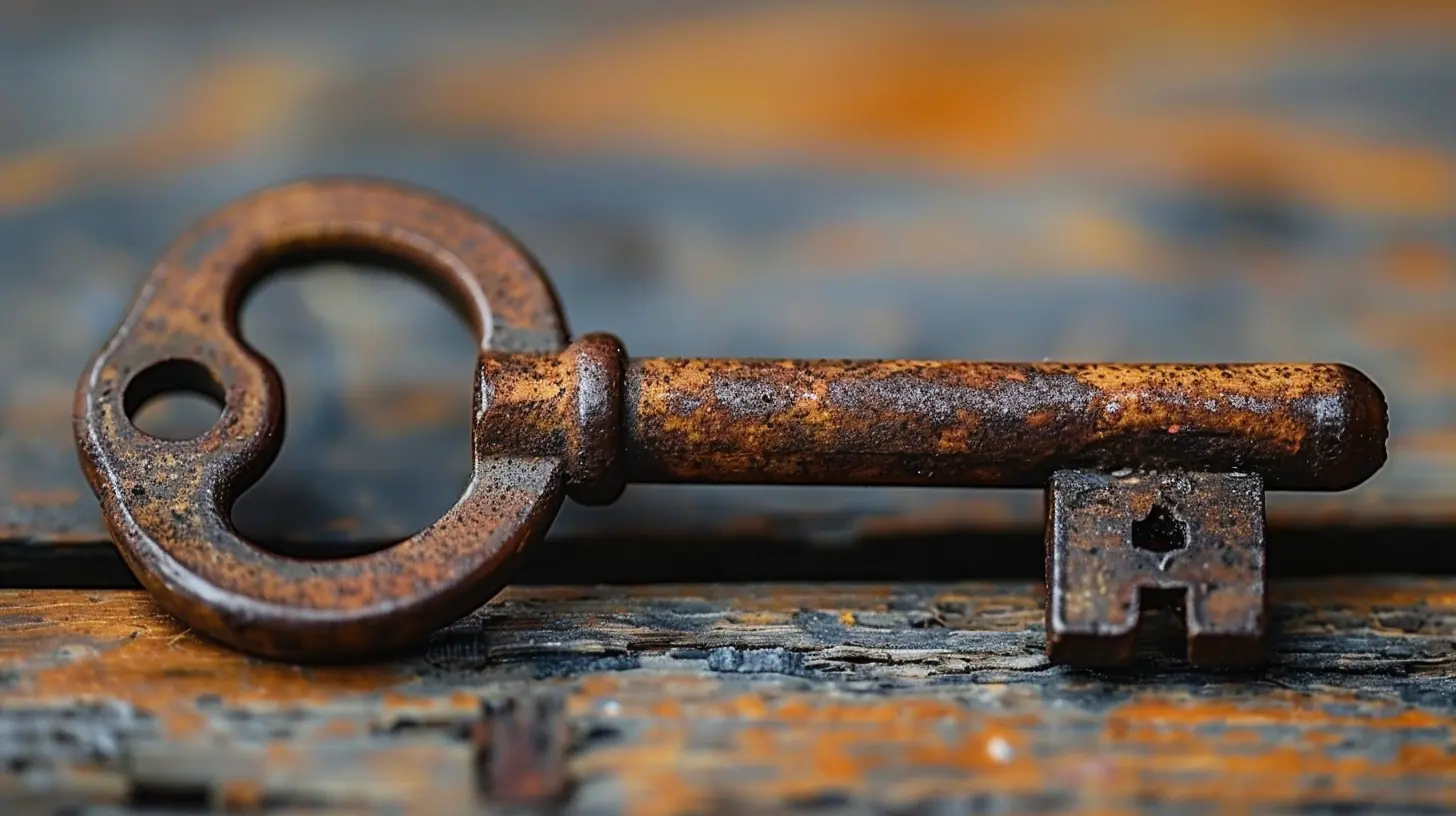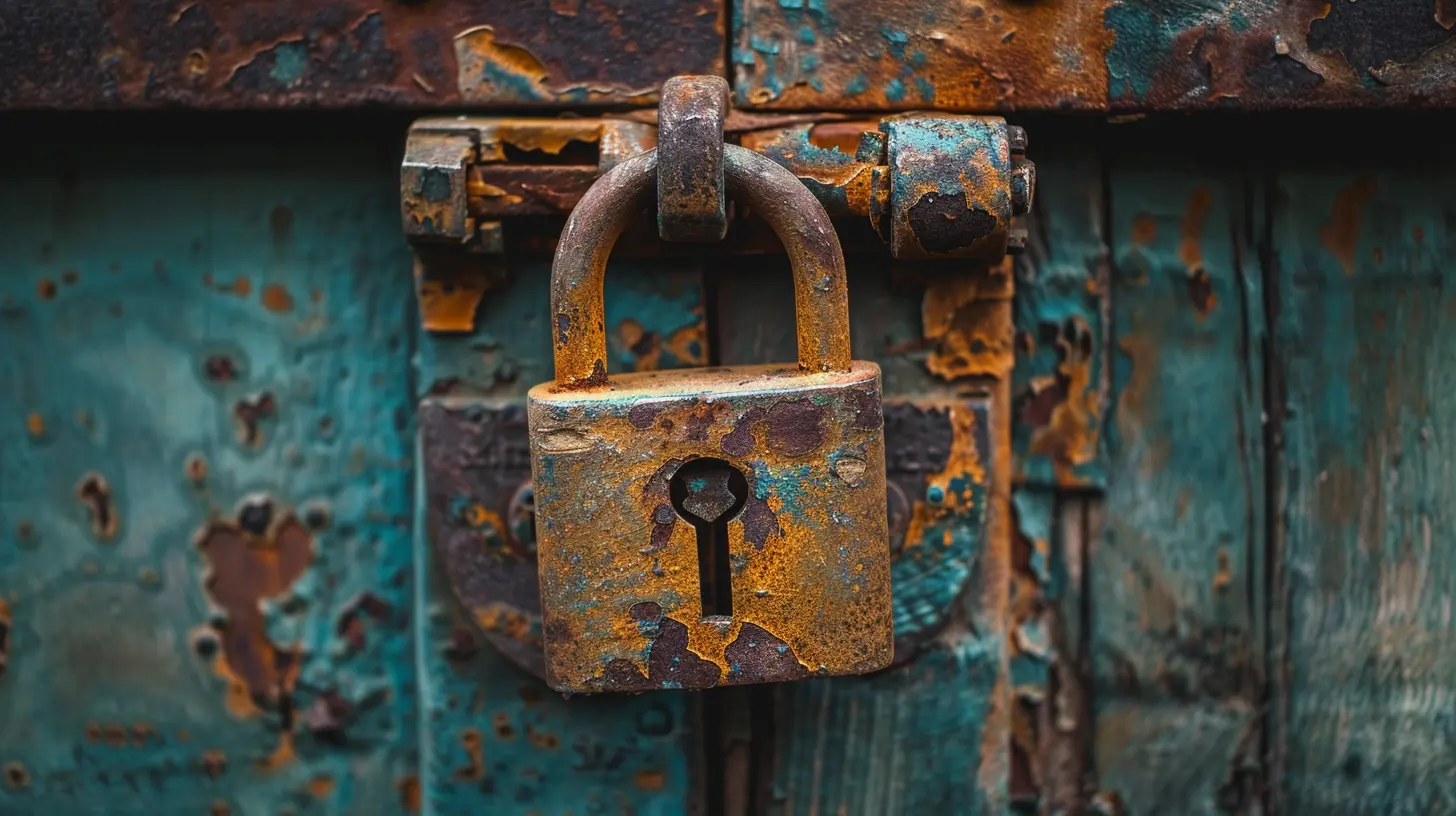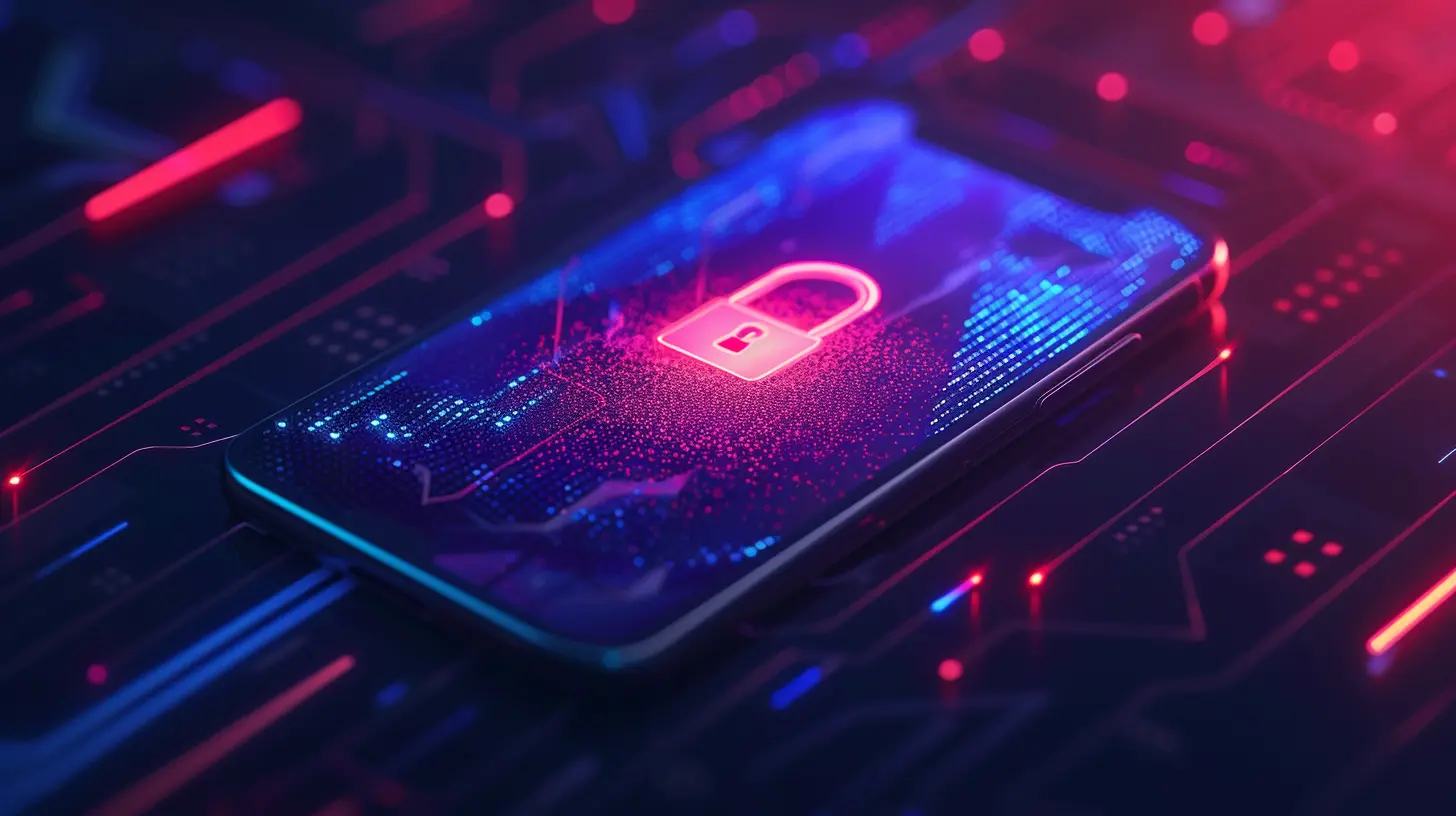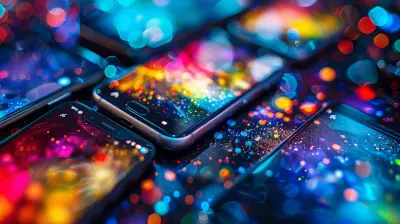14 February 2025
In today's digital age, where everything from our personal conversations to our banking details is stored online, securing our data has never been more critical. You've probably heard the phrase "two-factor authentication" (or 2FA) thrown around when setting up online accounts, right? But what exactly is it, and why should you care? Well, buckle up because we're diving deep into the world of 2FA, and trust me, by the end of this article, you’re going to want to turn it on everywhere!

What is Two-Factor Authentication (2FA)?
Let's break it down super simply. Two-factor authentication is an extra layer of security designed to ensure that you're the only person who can access your account—even if someone else knows your password. Instead of just relying solely on a password (which can be stolen or guessed), 2FA combines two "factors" to verify your identity.The Two "Factors" In 2FA
These two factors usually come from different categories:1. Something You Know – This is your regular password or PIN.
2. Something You Have – This is typically your phone, an authentication app, or a hardware token that generates a one-time code.
So, when you log into an account with 2FA enabled, you're not just typing in your password. You’ll also need to prove it's really you by providing that second piece of info, like a code sent to your phone or generated by an app like Google Authenticator.
Why Is A Password Alone Not Enough?
Passwords are like the keys to your digital kingdom, but let’s be honest—people are terrible at creating strong passwords. We’ve all been guilty of using "123456" or "password123" at some point, haven’t we? And hackers? They know this. They use techniques like brute force attacks, phishing scams, and even data breaches to get their hands on your passwords. Once they have it, boom, they’re in.2FA acts as your knight in shining armor. Even if a hacker gets your password, without that second factor, they're stuck at the gate. It's like having a security guard that checks not only your ID but also asks for a secret handshake.

Why You Need Two-Factor Authentication
You might be thinking, "Okay, 2FA sounds cool, but do I really need it?" The short answer: YES. Here's why:1. Data Breaches Are Everywhere
We hear about data breaches all the time. From big companies like Facebook, Yahoo, and even banks, no one is immune. When these breaches happen, hackers often get access to passwords, email addresses, and other sensitive information. If you’re using the same password across multiple accounts (which, let’s face it, many do), a breach on one site can mean hackers gain access to all your accounts.With 2FA, even if your password is stolen in a breach, the attacker can’t get into your account without that second factor. It’s like putting an extra lock on your door.
2. Weak Passwords Are Still A Thing
Despite all the warnings, many people still use weak, easily guessable passwords. If you’re one of them (no judgment—passwords are hard!), 2FA can make up for that weakness. It’s like wearing a seatbelt while driving; even if you’re not the best driver, you’ve got an extra layer of protection.3. Phishing Attacks Are On The Rise
Phishing attacks—where scammers trick you into giving up your passwords by pretending to be someone you trust—are becoming more sophisticated. Unfortunately, even the savviest internet users sometimes fall victim to a convincing-looking email or website.But here’s the beauty of 2FA: even if you accidentally give away your password in a phishing attack, the hacker still needs that second factor to access your account. You can almost hear them groaning in frustration as they realize they’re still locked out.
4. Mobile Devices Are Prone to Theft
Imagine this: You leave your phone in a café. Sure, you have a password or PIN for your phone itself, but what about the apps on it? If someone tries to access your accounts from your stolen phone, they’ll still need that second factor if you’ve enabled 2FA. It’s like having a backup plan for when things go wrong.5. Peace of Mind
At the end of the day, 2FA provides peace of mind. Knowing that your accounts have an extra layer of protection can make you sleep a little better at night. In a world where our entire lives are online—from our financial information to our photo albums—2FA is like putting a security system on your digital life.
How Does Two-Factor Authentication Work?
So, how do you actually set this up, and how does it work in practice? Don’t worry—it’s easier than it sounds.Step-by-Step Guide to Setting Up 2FA
1. Log Into Your Account Settings: Most major services like Google, Facebook, Twitter, and Amazon offer 2FA. Head to the security settings of the service you want to secure.2. Enable Two-Factor Authentication: Look for an option to enable 2FA or multi-factor authentication (MFA). Click it.
3. Choose Your Second Factor: You’ll often have two options here:
- SMS Verification: A code is sent to your phone via text message.
- Authentication App: Apps like Google Authenticator or Authy generate a unique code every 30 seconds. You’ll scan a QR code to link the app with your account.
4. Enter the Code: Once you’ve chosen your second factor, the service will prompt you to enter the code generated by your device or text message.
5. Backup Options: Most services will give you backup codes—write these down and store them somewhere safe. If you lose access to your phone or your second factor, these codes will help you regain access to your account.
And that’s it—you’re set up with 2FA. Now, every time you log in, you’ll enter your password and the code from your second factor.
Which Method Should You Use?
- SMS (Text Message): This is the most common method, but it’s not foolproof. Hackers can sometimes intercept text messages using something called SIM swapping. Still, if it’s your only option, it’s better than nothing.- Authentication Apps: These are more secure than SMS because the codes are generated on your phone and aren’t transmitted over the airwaves. If you’re serious about security, this is the way to go.
- Hardware Tokens: For the ultra-paranoid (or those with high-value accounts), hardware tokens like YubiKeys provide even more security. They’re small devices that plug into your computer or phone to verify your identity.

Common Services That Offer 2FA
You might be wondering, “Which services actually offer 2FA?” You’ll be relieved to know that many of the major platforms you likely use every day provide this feature. Here are just a few:- Google/Gmail
- Facebook
- Instagram
- Twitter (X)
- Amazon
- Apple ID
- Microsoft
- Dropbox
- PayPal
- Slack
If you’re using any of these services, and you haven’t enabled 2FA yet… what are you waiting for?
Is Two-Factor Authentication Foolproof?
Okay, let’s keep it real—while 2FA significantly improves your security, it’s not perfect. Nothing is. Hackers are always finding new ways to bypass security measures. For instance, phishing attacks can sometimes trick you into providing both your password and your second-factor code. However, these are much more sophisticated and less common than the basic attacks that 2FA protects against.That said, enabling 2FA is still one of the most effective ways to secure your online accounts. It’s like locking your door at night—it’s not a 100% guarantee that no one will break in, but it’s a heck of a lot better than leaving it wide open.
Final Thoughts
In a world where digital threats are constantly evolving, two-factor authentication is a no-brainer. It’s easy to set up, it adds an extra layer of security to your accounts, and it gives you peace of mind. Whether you’re protecting your bank account, your social media profiles, or your work emails, enabling 2FA is one of the smartest moves you can make.So, what are you waiting for? Go enable 2FA on your accounts right now—it’s like putting a deadbolt on the door to your digital life. And trust me, you don’t want to be caught without it.












Annabelle Jordan
Great article! Two-factor authentication is essential for enhancing online security. It’s reassuring to see more awareness on this important topic. Thank you for breaking it down so clearly!
March 28, 2025 at 11:30 AM